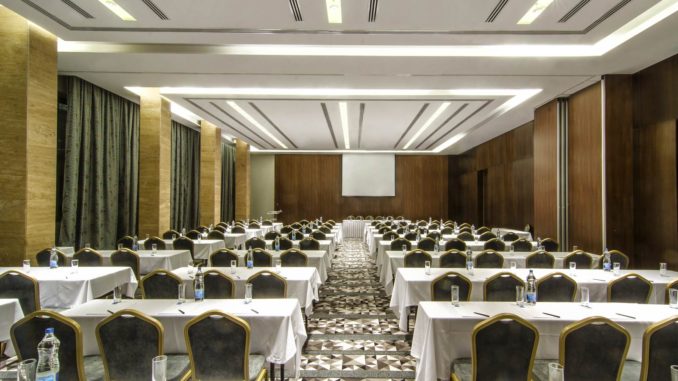
By Debbie Carson, Associate Editor
In the past, meeting planners would have to spend countless hours visiting properties, making phone calls, meeting with salespeople, and manually completing paperwork before receiving a formal proposal. Today, meeting planners expect that hotels and resorts will email professionally-designed and customized sales and catering proposals almost immediately following their request.
Hotels and resorts are able to meet those expectations thanks to next-generation group sales solutions that make it easy to create, distribute, and manage proposals for room-only groups, business conferences, weddings, and catering groups without re-entering data. Sales managers simply choose a template. The solution automatically assembles a new proposal with client and contact information, room requirements, meeting facility requirements, catering specifications, and any number of other details.
For hotels, resorts and conference centers, integration with the database that supports a property cloud service helps to maximize efficiency. Sales managers can prepare multiple distinct, branded proposal templates that can be configured for various size events and designed based on the kinds of business they handle. Design tools simplify the creation of customized templates and make it easy to incorporate logos, hotel photo gallery, video tours, flash animations, external links, and attachments.
Using a proposal-building interface, a hotel can select the language and proposal template and choose the email message that will be sent along with the proposal link. Merge codes make it easy to create content that is automatically customized for each client and booking. This information is pulled directly from the database and the data is dynamically refreshed each time the proposal is accessed.
With the best solutions, proposals are easy to create and distribute using an intuitive proposal-building interface. The interface should allow the proposal’s room grid and catering events sections to be laid out in matrix format. For catering events, personnel should be able to pick either a summary or detailed view—the latter of which should show booked resources, such as menus and AV equipment. It should be easy to attach customized notes as well as links to web resources, such as the hotel website, local attraction websites, and virtual tours of facilities, as well as links for printable attachments, such as sample contracts, menus, and hotel brochures.
The system should also make it easy to deliver a personalized email with a link to a PDF of the proposal to the prospect or client. An “active proposals” page should track proposal progress. Active proposal information should, at the very least, include the account name and booking ID; the date the proposal was sent; the proposal expiration date; the date the proposal was last opened by the client; and the name, phone number, and e-mail address of the client contact. An archive of completed proposals (that is, those that have reached their booking decision date) should be kept for reference in the archive screen.
In short, next-generation group sales solutions include an impressive array of proposal automation features. These features can have had a transformative impact on the proposal process.
Are you an industry thought leader with a point of view on hotel technology that you would like to share with our readers? If so, we invite you to review our editorial guidelines and submit your article for publishing consideration.
